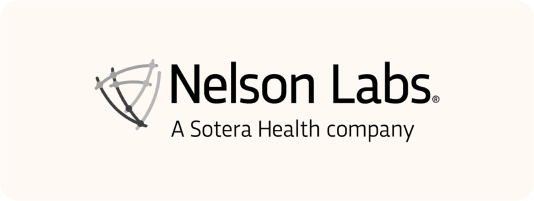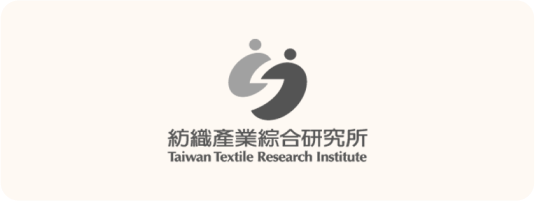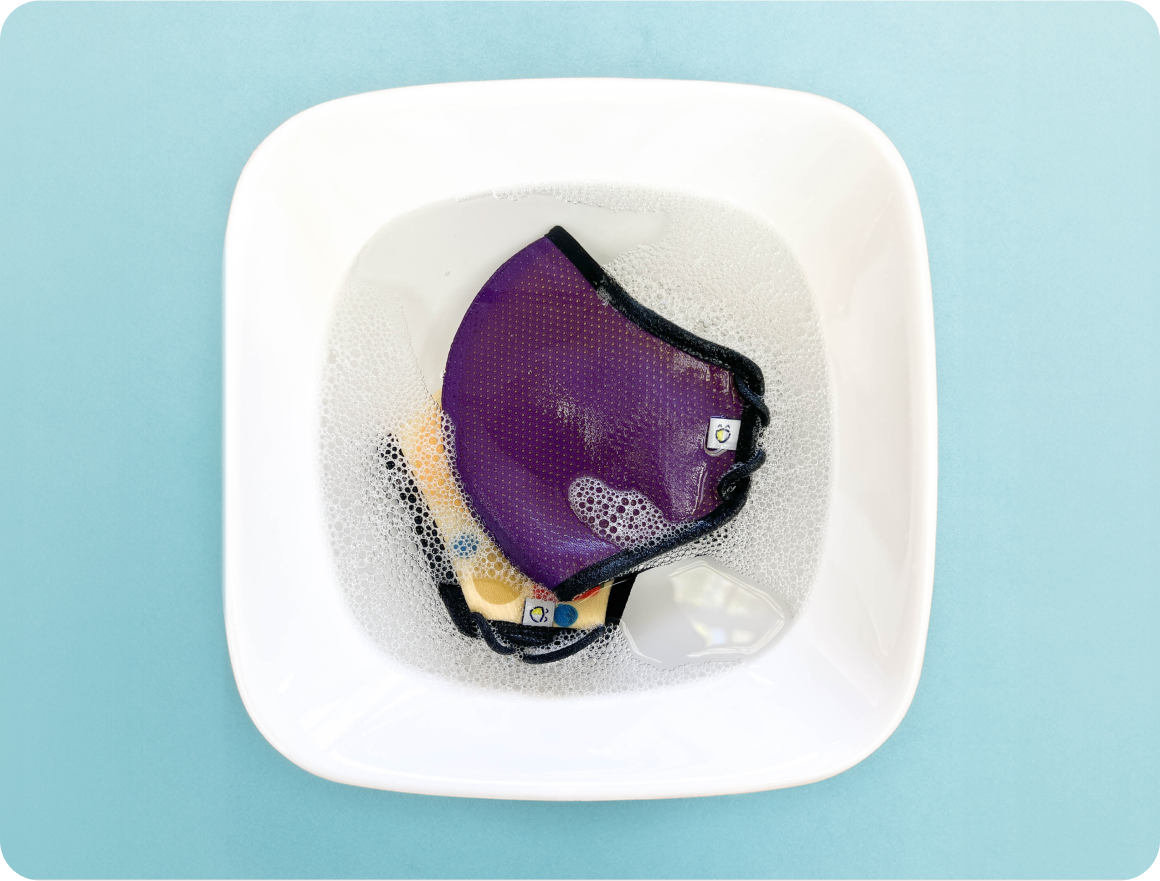Not your ordinary filter
A multi-layer approach combines the best of mechanical and electrostatic filtration technology.

Layer 1
Outer fabric
Ultra lightweight, quick-dry polyester.
LayerS 2 AND 4
Electrospun nanofiber + spunbond polypropylene
A matrix of electrospun nanofiber membranes 1/500th the width of a human hair creates an ultra-fine, web-like mechanical barrier that physically blocks airborne particles.

Layer 3
Hydrocharged meltblown polypropylene
High-pressure water jets impart a charge to the fibers, creating electrostatic-based filtration that is more stable, durable, and resistant to washing.
Layer 5
Needlepunch polyethylene + polypropylene
Serves as a support layer to enhance filtration, durability, and washability.
Layer 6
Inner fabric
Soft touch, quick-dry polyester.
What does a Happy Mask filter?

Flower Pollen

Bacteria

Smog

Dust

Viruses

Flower Pollen

Bacteria

Smog

Dust

Viruses
*Disclaimer: Happy Masks are not devices intended for use in the diagnosis of disease or other conditions or in the cure, mitigation, treatment, or prevention of disease and do not meet the definition of a medical device as set forth in section 201(h) of the FD&C Act.
Rigorously Tested Filtration
Our filtration testing is conducted at labs accredited by the American Association for Laboratory Accreditation (A2LA) to the ISO/IEC 17025 standard. Results have been further validated in independent testing sponsored by the New York Times Wirecutter.





Washable and Reusable
Happy Masks are tested to maintain 95% filtration efficacy after 50 hand-washes.
See the Repeated Wash Test Report >*Based on testing conducted at ICS Laboratories. Masks were hand-washed at 100 degrees F for 10 minutes with Tide Free and Gentle detergent.
What makes our masks so breathable?
The combination of an electrostatic nanofiber layer, a hydrocharged meltblown layer, and needlepunch polyethylene + polypropylene results in superior protection that doesn’t compromise on breathability.

Electrostatic Nanofiber Layer
Electrostatic nanofibers are extremely thin, which creates a fine, interconnected web of fibers with a high surface area. The gaps between these fibers form pores, allowing air to pass through easily while capturing airborne particles.

Hydrocharged Meltblown Layer
The hydrocharging process enhances the electrostatic properties of the fibers, improving filtration efficiency without increasing the density, which maintains airflow and breathability.

Needlepunch Polyethylene + Polypropylene
The needlepunching process creates tiny pores throughout the material, allowing air to pass through. These pores are small enough to support effective filtration while maintaining good airflow.
Happy Masks vs. KN95
Both offer exceptional protection, but using different filter materials and mechanisms.

Happy Mask |

KN95 Mask |
|
|---|---|---|
Filter Material |
Nanofiber membrane + hydrocharged meltblown polyproplene |
Meltblown polypropylene |
Filtration Efficacy |
95% - 99% | 95% - 99% |
Filtration Mechanism |
A two-prong combination of mechanical filtration from the nanofiber membrane and electrostatic charge from the hydrocharged meltblown polyproylene. |
Relies on electrostatic charge, where electrical field gradients attract and intercept airborne particles. |
Washability |
Maintains 95% filtration efficacy after 50 hand washes. |
Not washable. Filtration declines dramatically if filter gets wet due to air-blown method of electrostatic charging. |
Breathability |
A thin, porous structure allows air to pass through while capturing particles. Their high surface area and electrostatic properties enable effective filtration without compromising airflow. |
Higher humidity levels, breath resistance, and accumulation of heat. |


